Therefore, in the spiritual and cultural life of our ancestors, there has always been a strong faith in folk beliefs. This is expressed through the establishment of temples, communal houses, and pagodas to worship and entrust faith, and over time, those places have marked and affirmed the history of our country's sovereignty in the early days when our ancestors opened up the Southern sky.
From the temple of the pioneers...
Around the end of the 17th century, a number of Kinh people from the outside came to Thoi Binh, who refused to submit to the feudal lords and tyrants, along with those who were exiled by Lord Nguyen. At the end of the 19th century and the beginning of the 20th century, a number of Chinese and Khmer people came to join hands with the Kinh people to reclaim land, build villages, and establish hamlets, forming Thoi Binh village, including 4 hamlets: Kien An, Cuu An, Tan Thoi and Tan Binh; during the French colonial period, the 4 hamlets were merged into Thoi Binh village, which is Thoi Binh today.
In the early days of land reclamation and development, Thoi Binh village was a place of sacred forests and poisonous waters with thousands of wild animals. The ancestors always encountered thousands of dangers. From the worship of nature, especially the folk belief of worshiping many gods to protect and bless the villagers, they built small temples to worship in a vague and symbolic form, such as temples to worship the earth god, water god, human god, or animals considered sacred, such as Ong Ba Muoi (Mr. Tiger)... Accordingly, today's Thoi Binh land has many temples formed long ago, such as Ba Chua Xu temple in Nguyen Hue hamlet, Tan Bang commune; Ba Chua Xu temple in Cay Kho hamlet, Ho Thi Ky commune; Ba Thien Hau temple of the Chinese in Thoi Binh town... Ba Chua Xu is a concrete manifestation of the long-standing Mother Goddess worship of the Vietnamese people; is the incarnation of the Mother Goddess, expressing the desire to seek protection and care for the peaceful life of the local people, so at the village entrances, at the river junctions of Thoi Binh land, there are many temples built by the people to worship her.
Today's Thoi Binh land has many temples formed from ancient times, such as Ba Chua Xu temple, Cay Kho hamlet, Ho Thi Ky commune.
... To the communal house, the pagoda is a historical relic
With the traditional morality of the Vietnamese people, they always remember the ancestors who opened the land, who gathered people to establish villages, build hamlets, and open up this land, and the descendants who opened up the land and built welfare projects to help people open up the land; generations of immigrants to Thoi Binh village all show their gratitude to the ancestors... Therefore, there are many communal houses here to worship the local tutelary god who oversees the affairs of the villages, and at the same time, it is also a meeting place for villagers to discuss matters.
During the Nguyen Dynasty, the communal houses in Thoi Binh village were all granted royal decrees to their tutelary gods, because most of them had contributed to the country. For example, Thoi Binh communal house was granted royal decrees by King Tu Duc on November 29, Tan Hoi year (1851); on November 29, Nham Ty year (1852), King Tu Duc granted royal decrees to Tan Bang communal house and Tan My communal house (Tan Loc)... During the years of resistance against foreign invaders, the above communal houses became places of activity for revolutionary forces, so today they have been recognized as historical and cultural relics.
Thoi Binh communal house was built in 1846-1847 and was awarded the title of god by King Tu Duc on November 29, Tan Hoi year (1851).
In particular, the worship of Hung Kings demonstrates the strength of the spirit of national unity. More than 160 years ago, on the land of Thoi Binh village, there was the "King Temple" (now the Hung King Temple, located along National Highway 63, in Giao Khau hamlet, Tan Phu commune, recognized as a provincial historical and cultural relic in 2011). At first, the Hung King Temple was built with trees and leaves, very simply. After many restorations and embellishments, the temple area has now been invested in and built spaciously for the people of Thoi Binh and descendants of Ca Mau to remember the origin of the nation.
Along with temples and communal houses formed during the early days of village and hamlet establishment, pagodas were the bases for Buddhist activities and propagation, and the places for monks and nuns to practice and preach Buddhism. In Thoi Binh, pagodas were also the places to shelter revolutionary cadres, typically the National Historical - Cultural Relic of Cao Dan Pagoda, Tan Loc Commune. Built in 1922, Cao Dan Pagoda was a secret base of the revolution during the two resistance wars against France and the US. There were many Buddhists and monks participating in the resistance, typically the late Venerable Huu Nhem (former abbot of the pagoda) was a staunch revolutionary soldier, he once held the position of Vice Chairman of the National Liberation Front of the Southwest Region.

The provincial historical relic Rach Giong Pagoda (Duong Dao Hamlet, Ho Thi Ky Commune) was built in 1788, 235 years old, and is the earliest pagoda built in Thoi Binh. During its formation and development, the pagoda has fulfilled its duty of upholding religion, and has played a good role as a revolutionary base, a solid rear base, and a place to propagate and disseminate the Party's policies and guidelines to ethnic minorities and Buddhists. At the same time, it has been a place for cultural exchange between ethnic groups since the days of reclaiming wasteland to build villages and hamlets.
Rach Giong Pagoda (Duong Dao Hamlet, Ho Thi Ky Commune) was built in 1788, 235 years old, the earliest pagoda built in Thoi Binh land. The pagoda has just been restored and recognized as a Provincial Historical Relic in 2022.
Communal houses, pagodas, and shrines are important cultural, spiritual, and religious symbols in the lives of Thoi Binh people for generations, associated with the process of building and defending the country, the history of revolutionary and resistance periods of Thoi Binh people in particular, and Ca Mau in general. Therefore, preserving the values of folk cultural beliefs is also to inherit and promote the flow of national culture./.
Huynh Lam
Source link


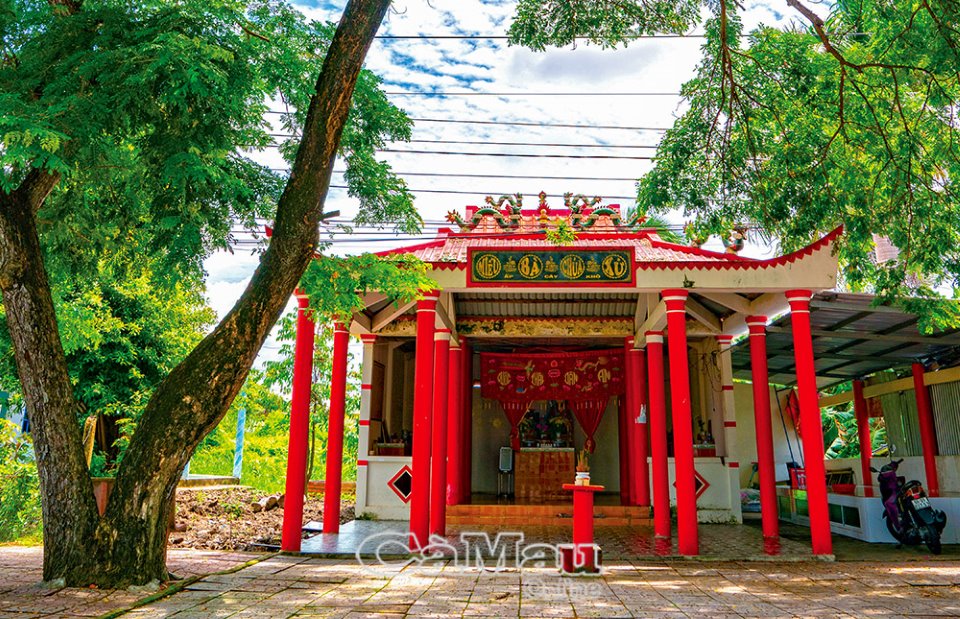
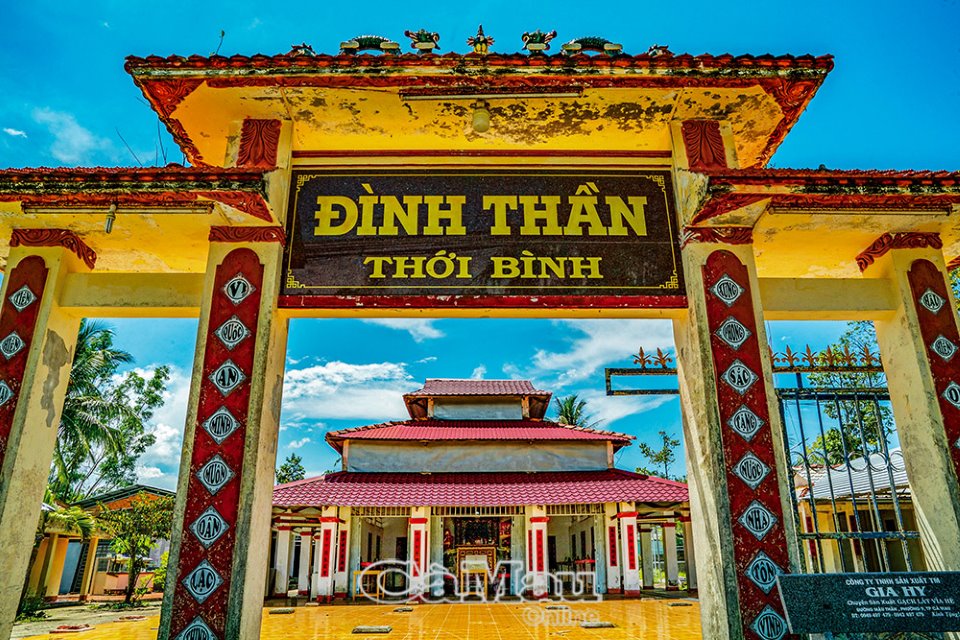

![[Photo] Nhan Dan Newspaper announces the project "Love Vietnam so much"](https://vstatic.vietnam.vn/vietnam/resource/IMAGE/2025/4/17/362f882012d3432783fc92fab1b3e980)

![[Photo] General Secretary To Lam receives French Ambassador to Vietnam Olivier Brochet](https://vstatic.vietnam.vn/vietnam/resource/IMAGE/2025/4/17/49224f0f12e84b66a73b17eb251f7278)
![[Photo] National Assembly Chairman Tran Thanh Man meets with outstanding workers in the oil and gas industry](https://vstatic.vietnam.vn/vietnam/resource/IMAGE/2025/4/17/1d0de4026b75434ab34279624db7ee4a)
![[Photo] Promoting friendship, solidarity and cooperation between the armies and people of the two countries](https://vstatic.vietnam.vn/vietnam/resource/IMAGE/2025/4/17/0c4d087864f14092aed77252590b6bae)
![[Photo] Closing of the 4th Summit of the Partnership for Green Growth and the Global Goals](https://vstatic.vietnam.vn/vietnam/resource/IMAGE/2025/4/17/c0a0df9852c84e58be0a8b939189c85a)
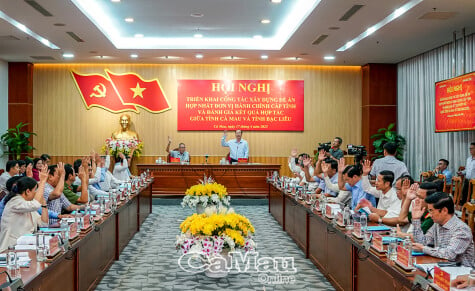
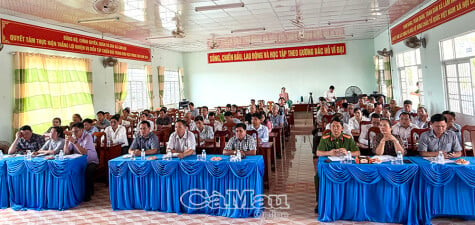

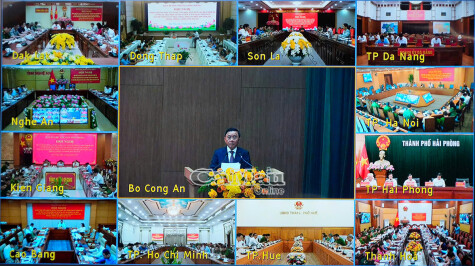
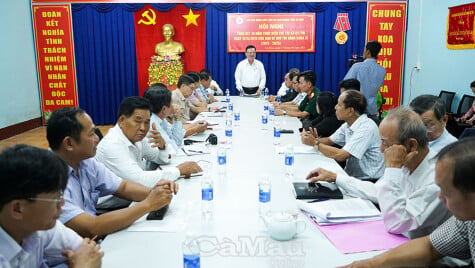





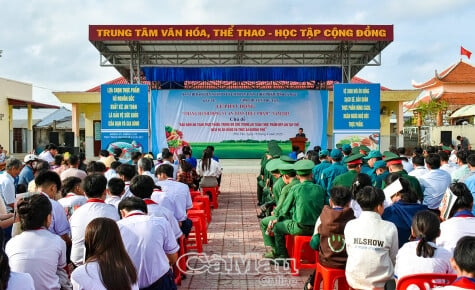
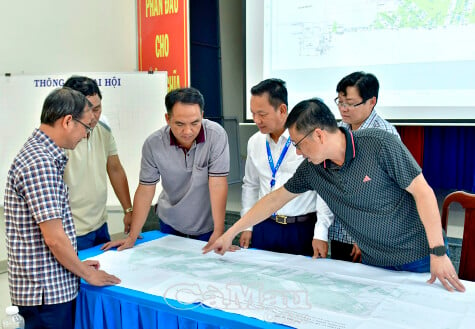
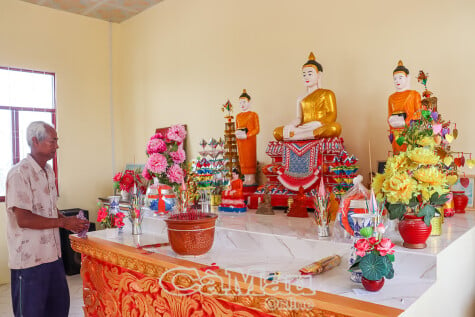
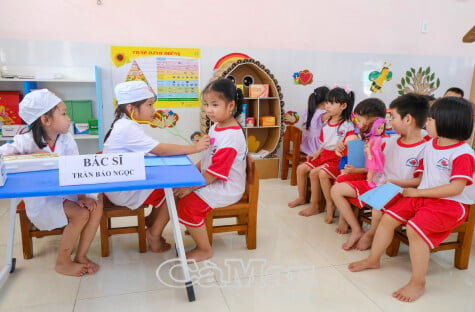
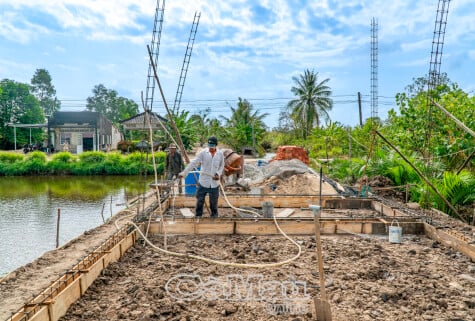
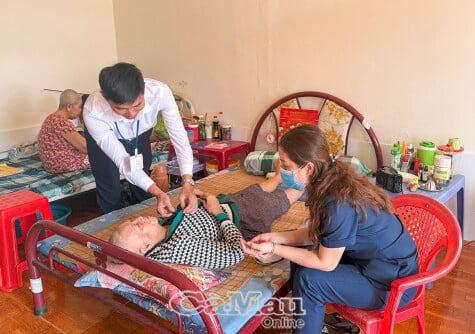
![[Photo] Welcoming ceremony for Chinese Defense Minister and delegation for friendship exchange](https://vstatic.vietnam.vn/vietnam/resource/IMAGE/2025/4/17/fadd533046594e5cacbb28de4c4d5655)






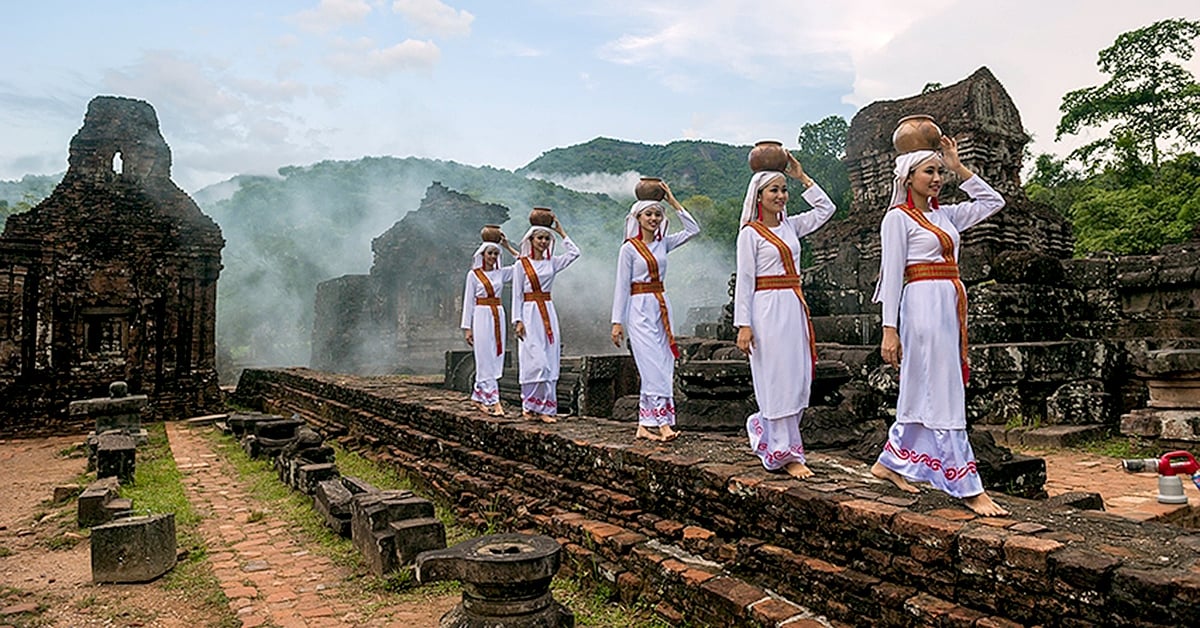




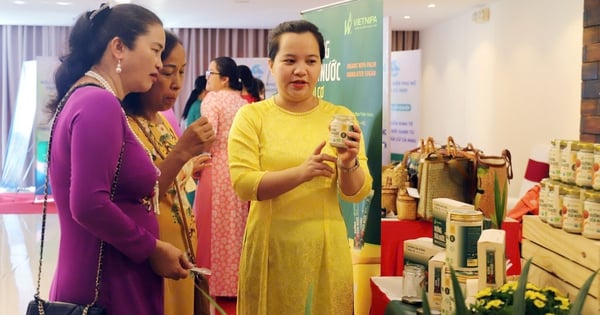



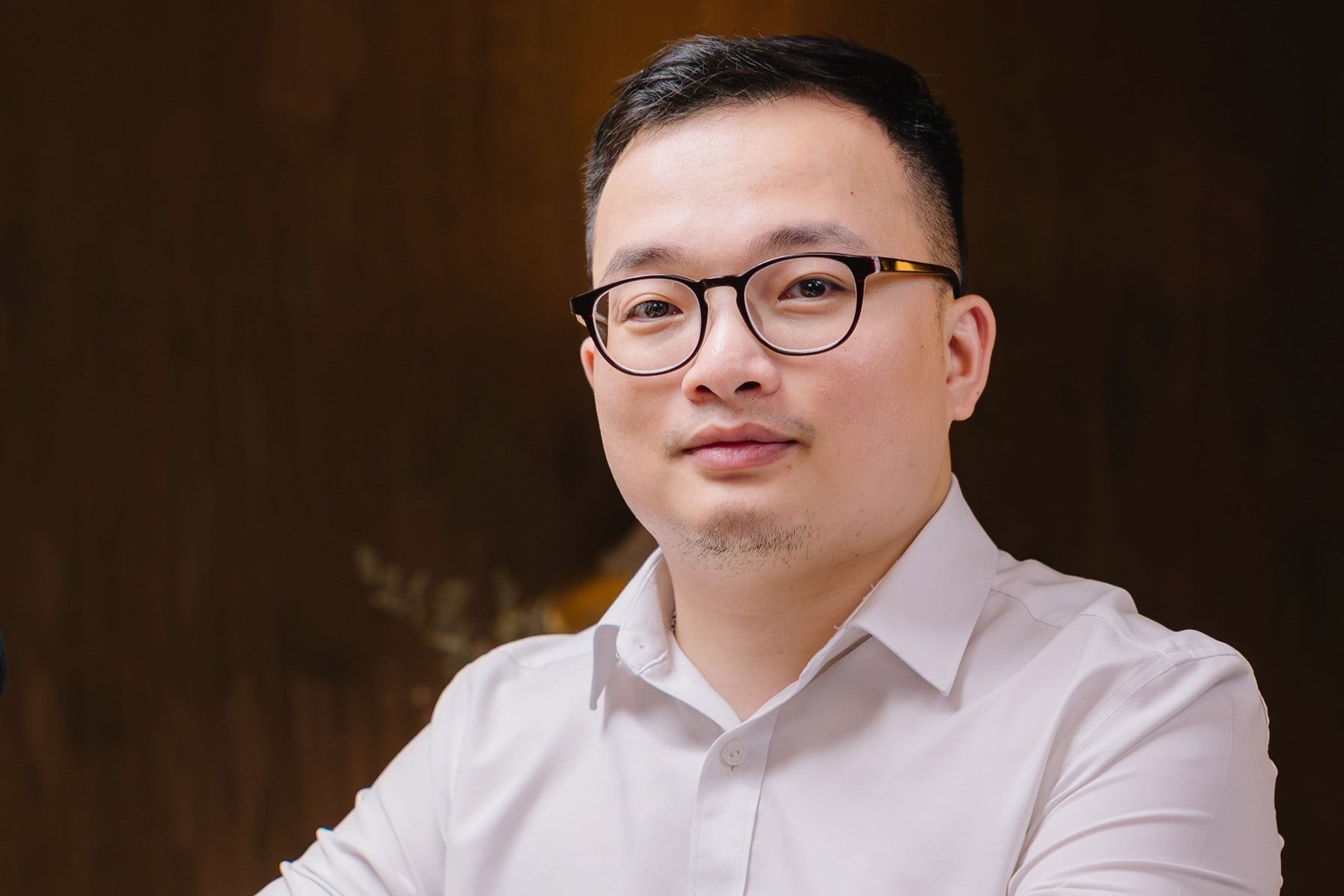



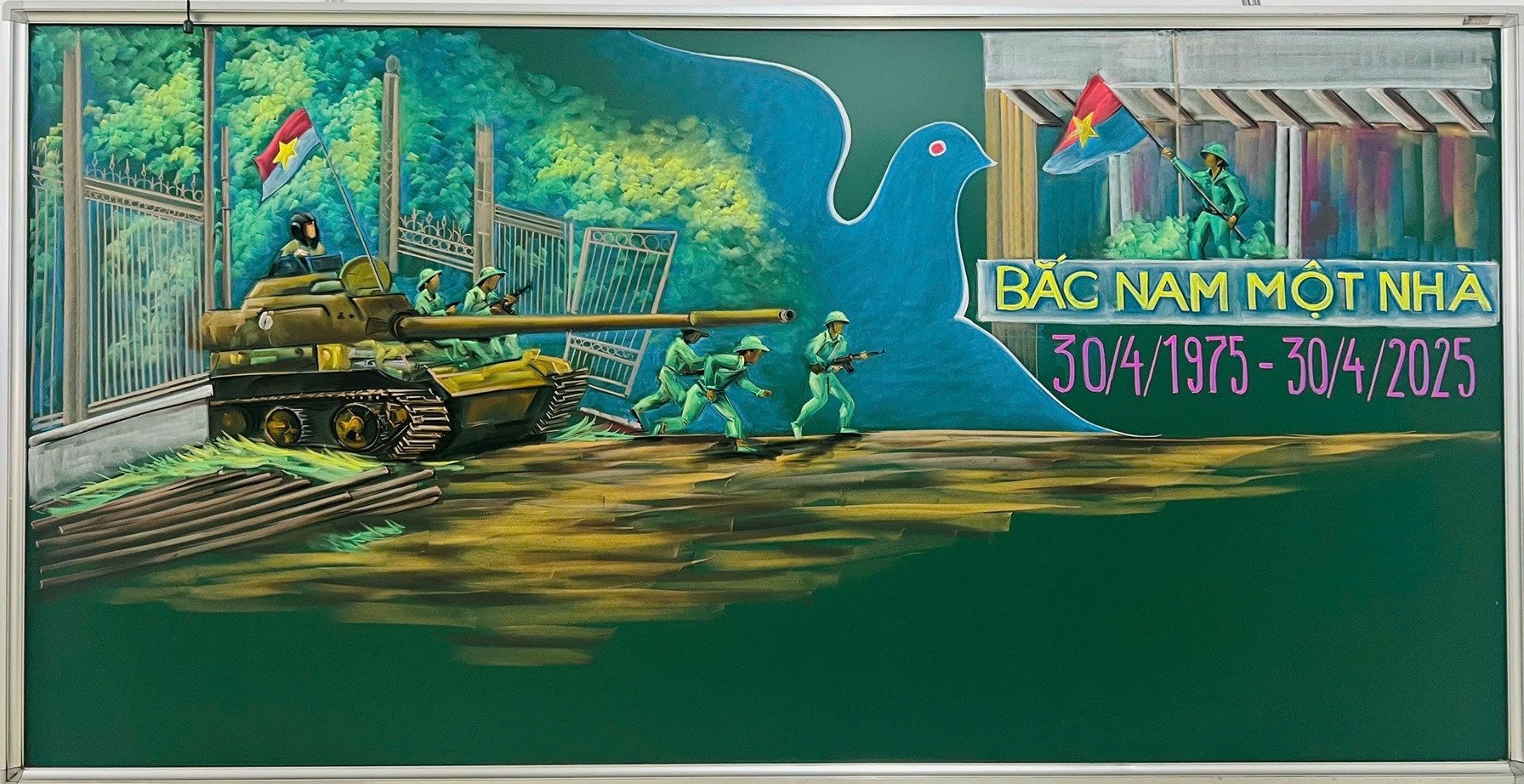
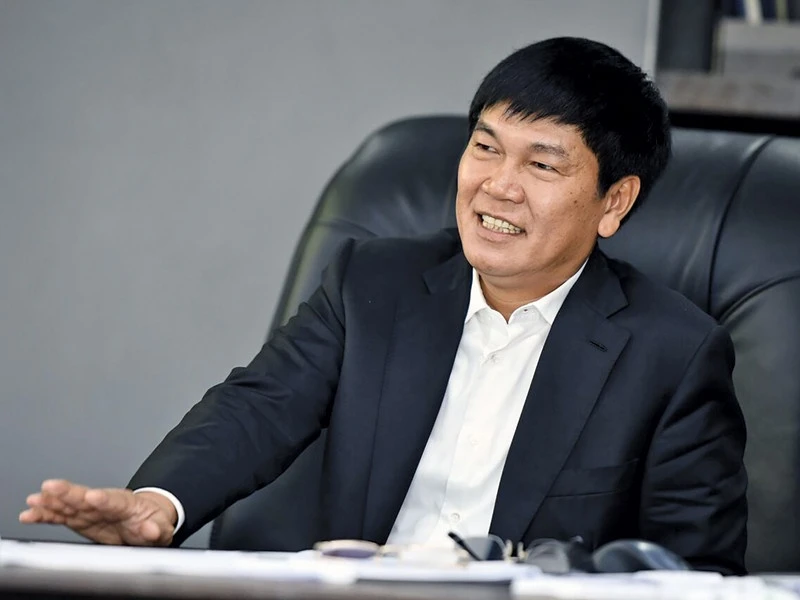

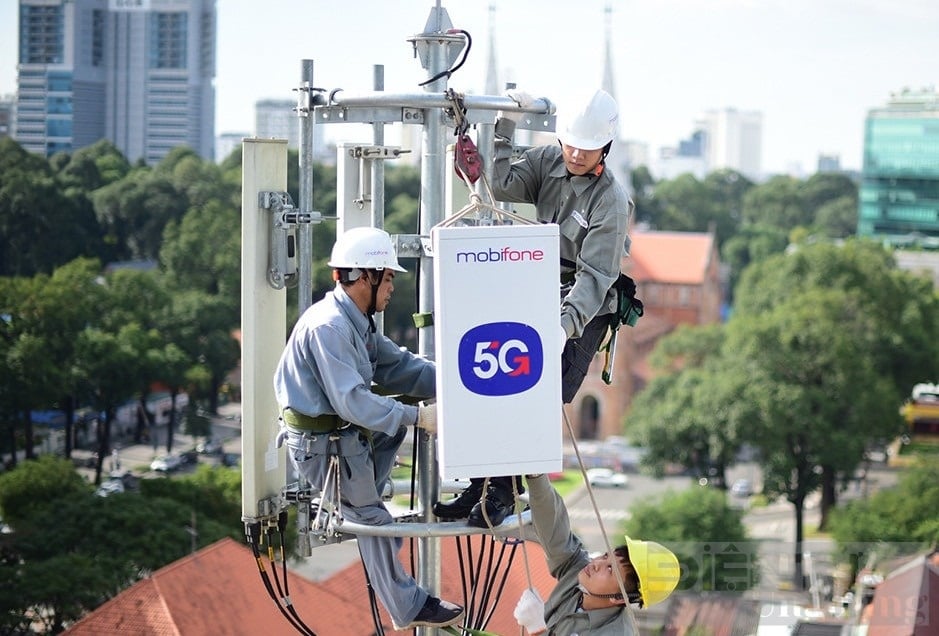

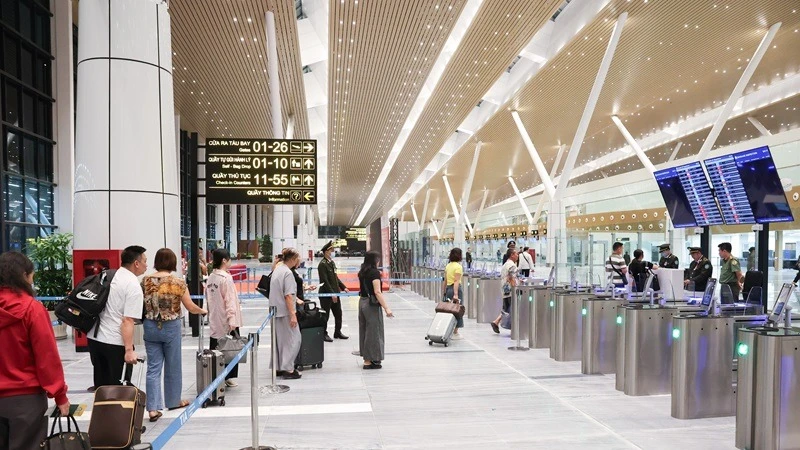



![[Video] Viettel officially puts into operation the largest submarine optical cable line in Vietnam](https://vstatic.vietnam.vn/vietnam/resource/IMAGE/2025/4/17/f19008c6010c4a538cc422cb791ca0a1)
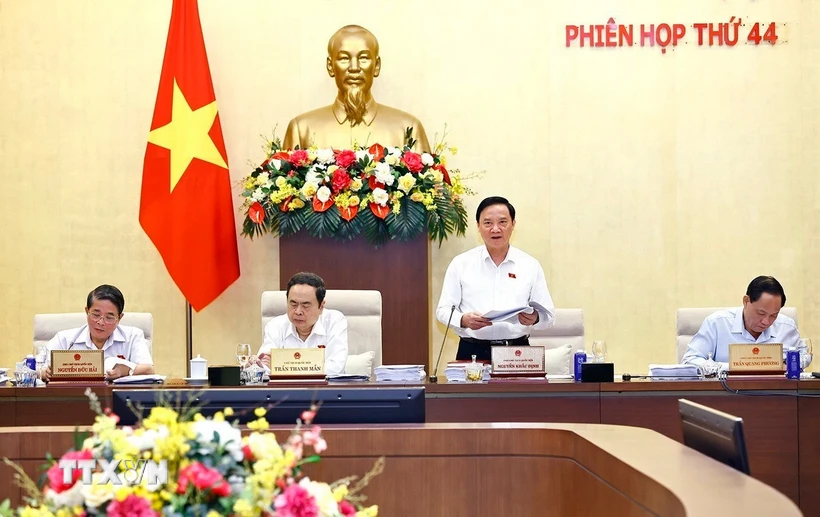
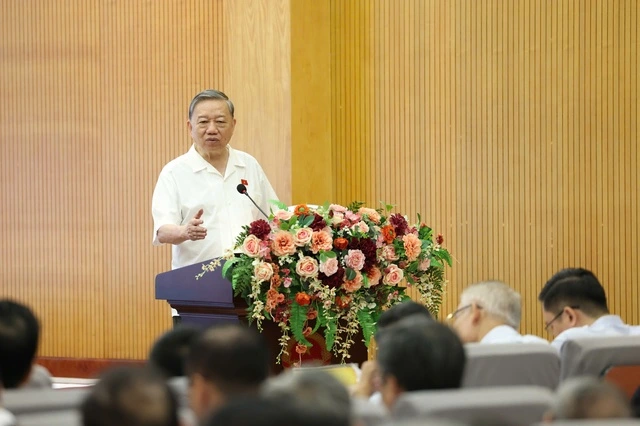

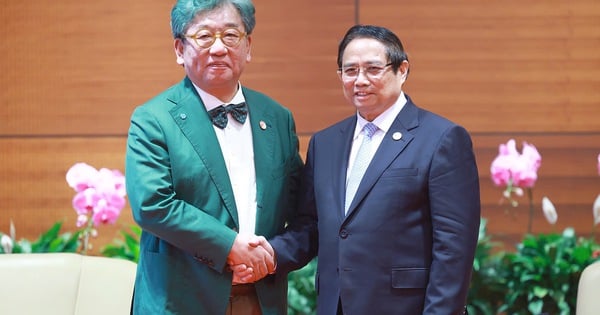

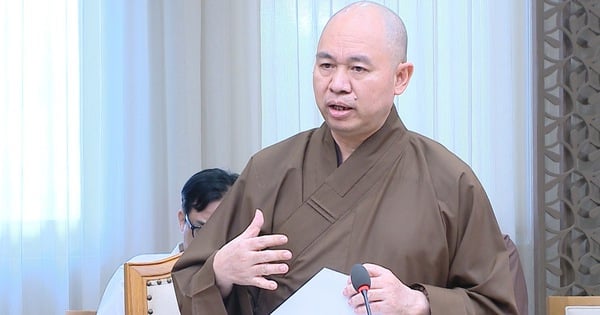
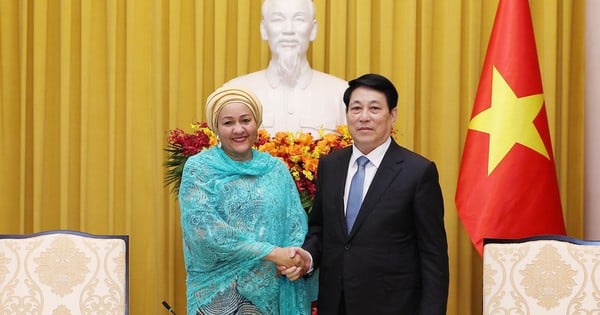
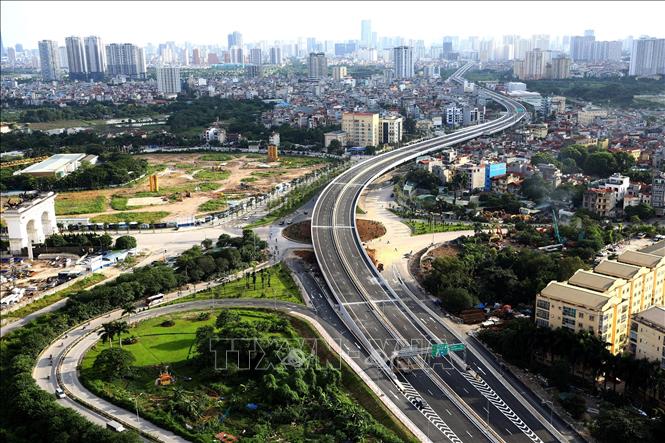



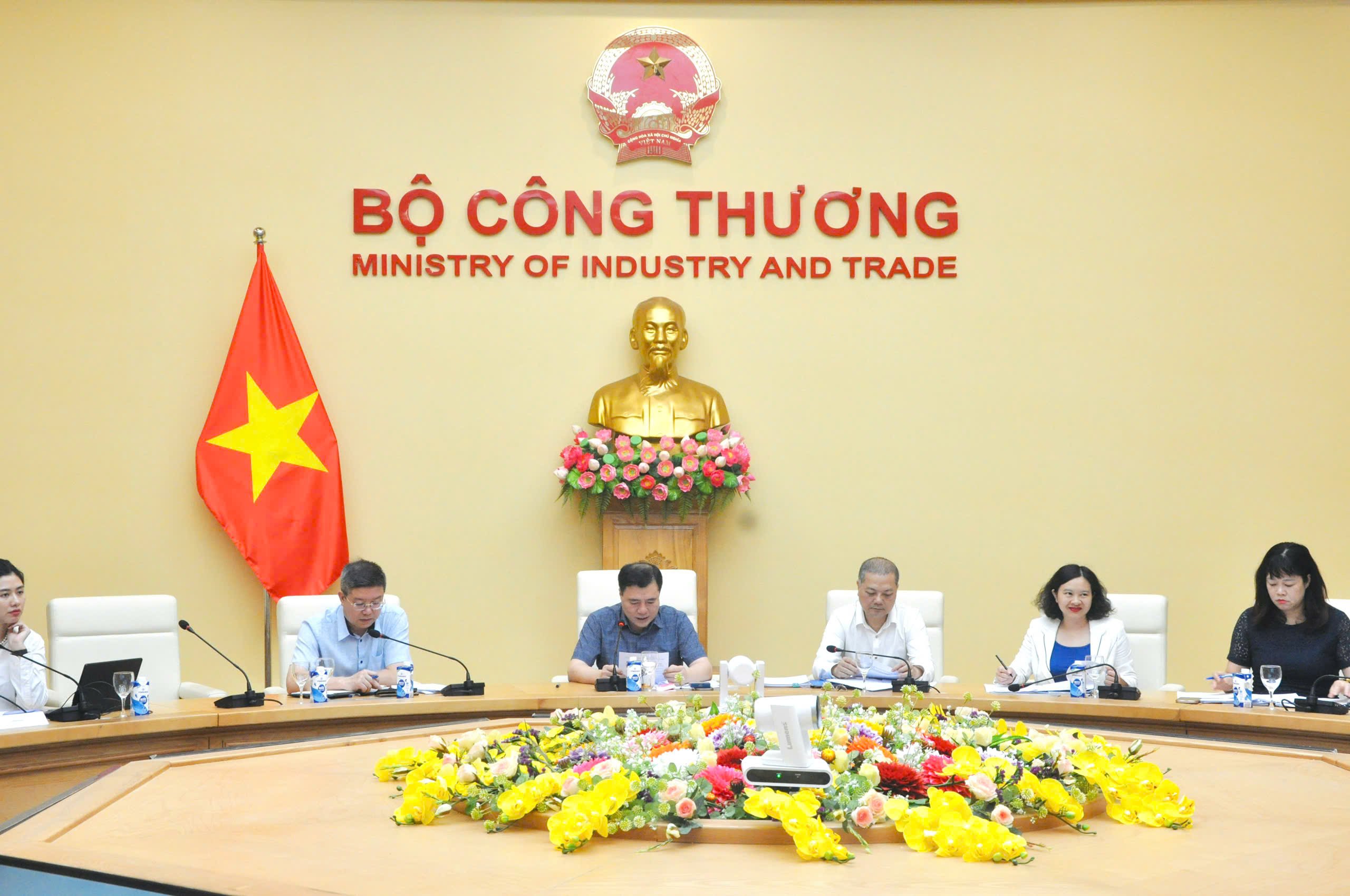




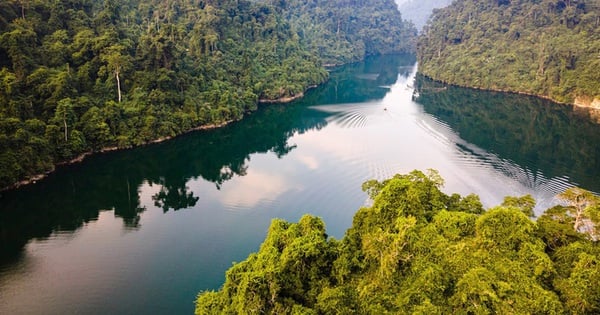
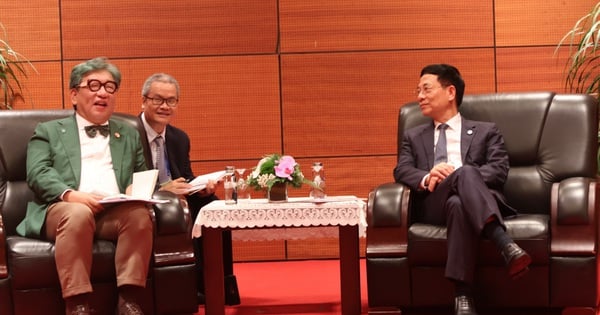


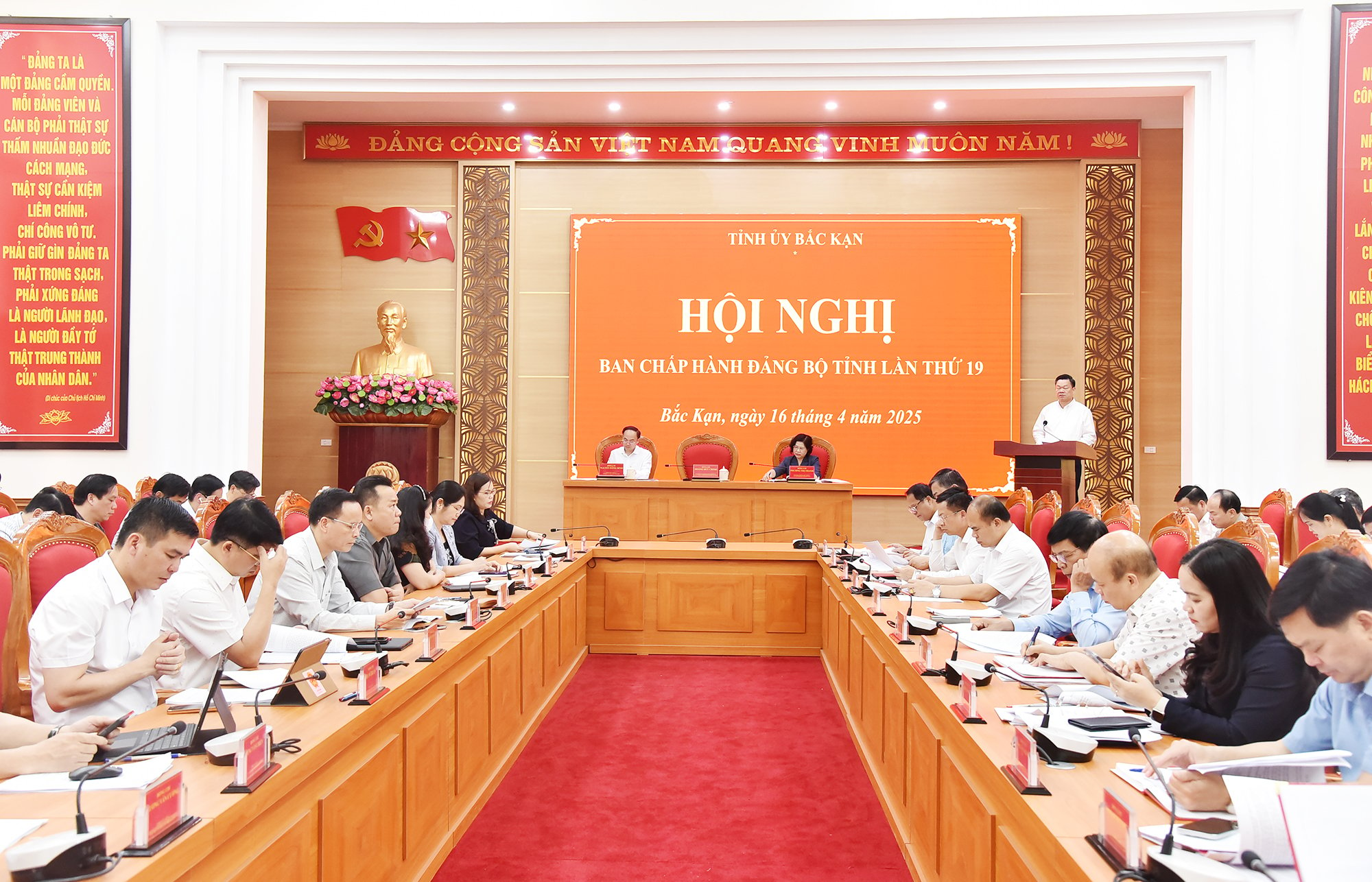

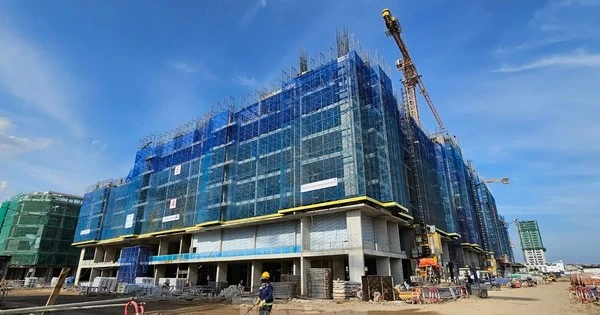

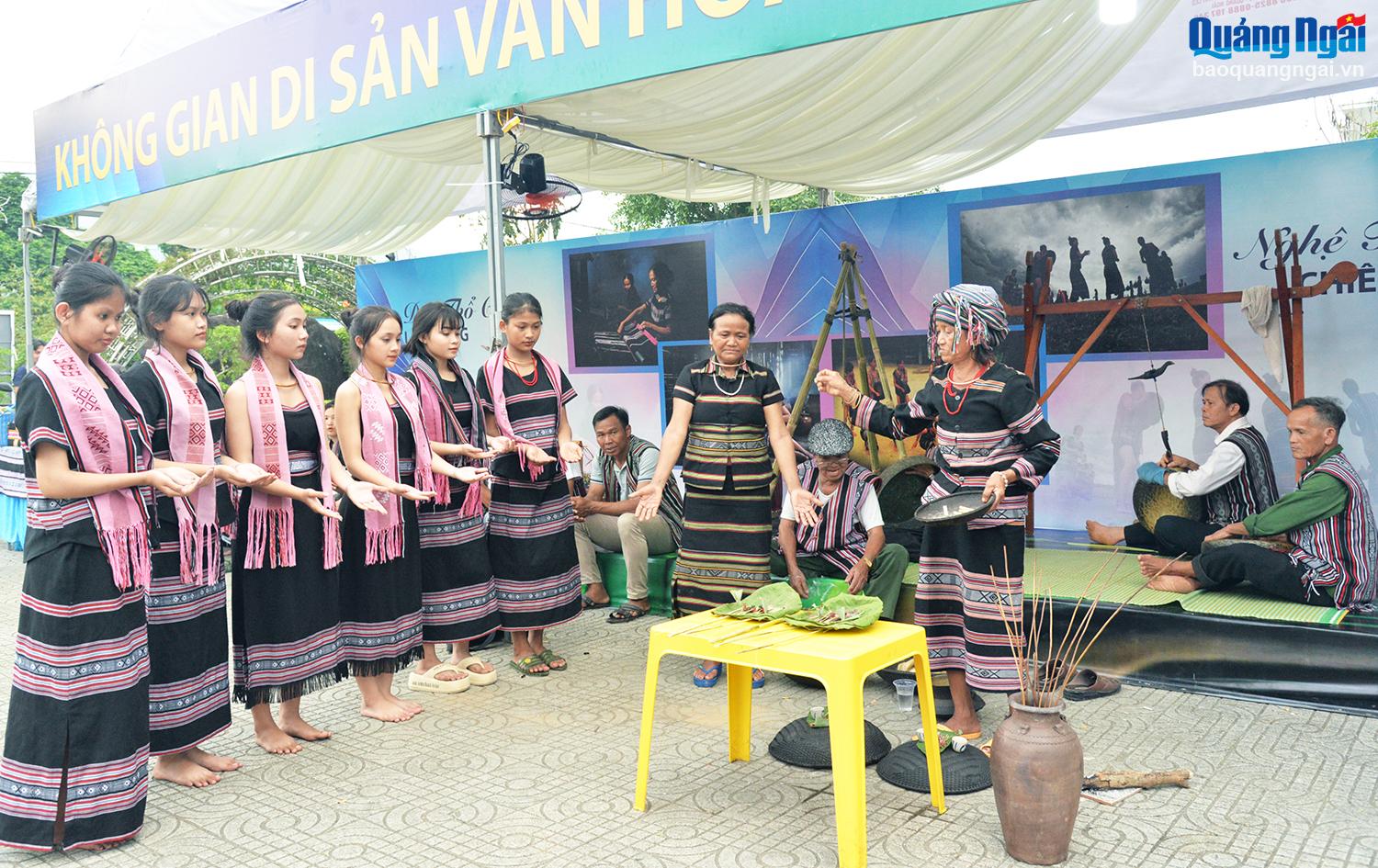



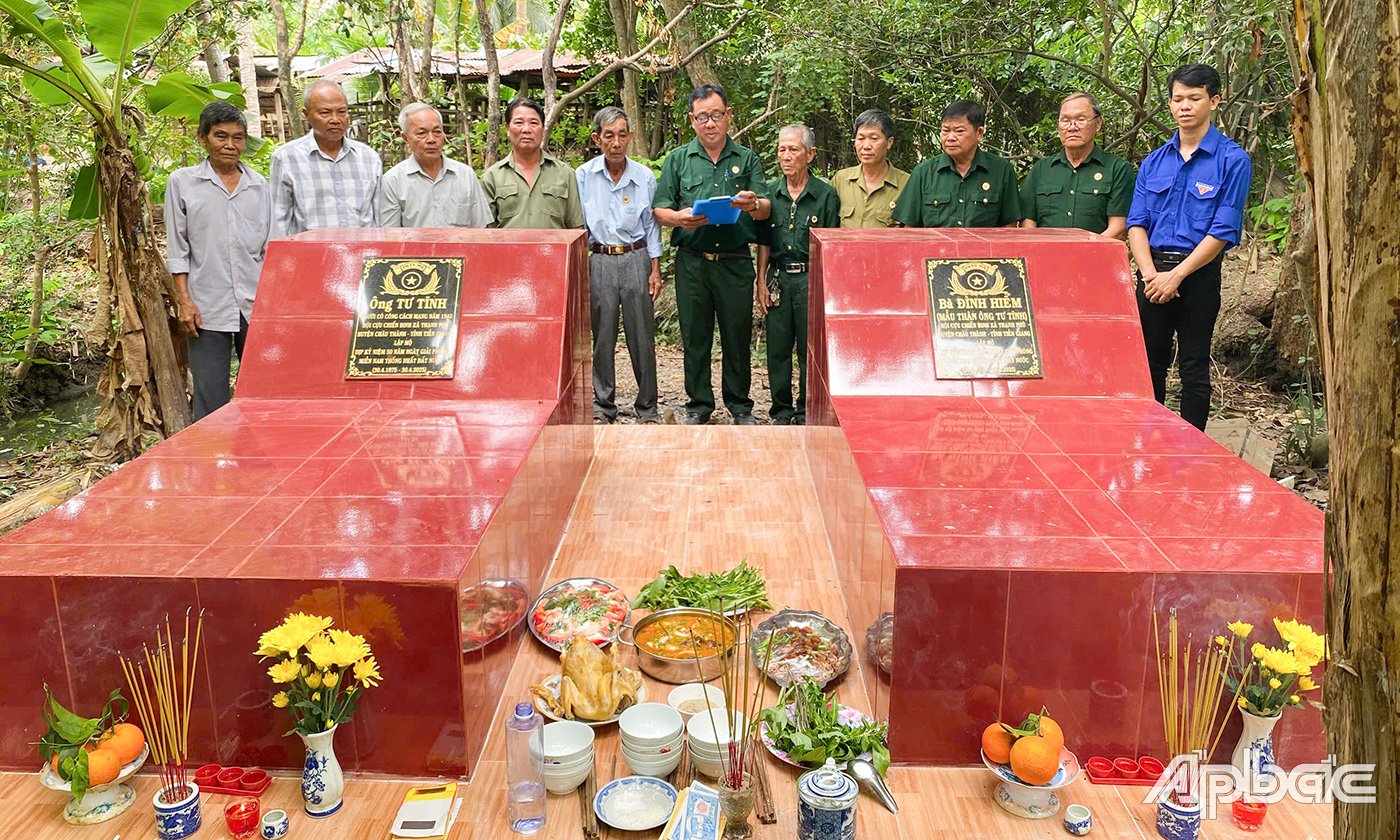



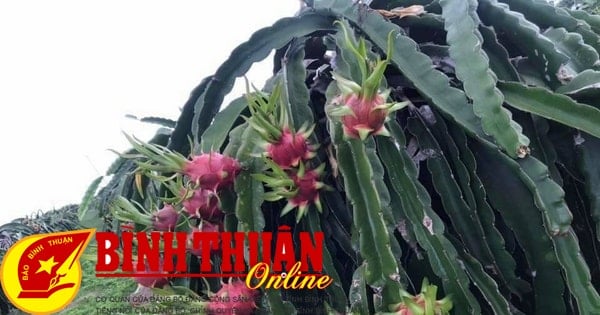

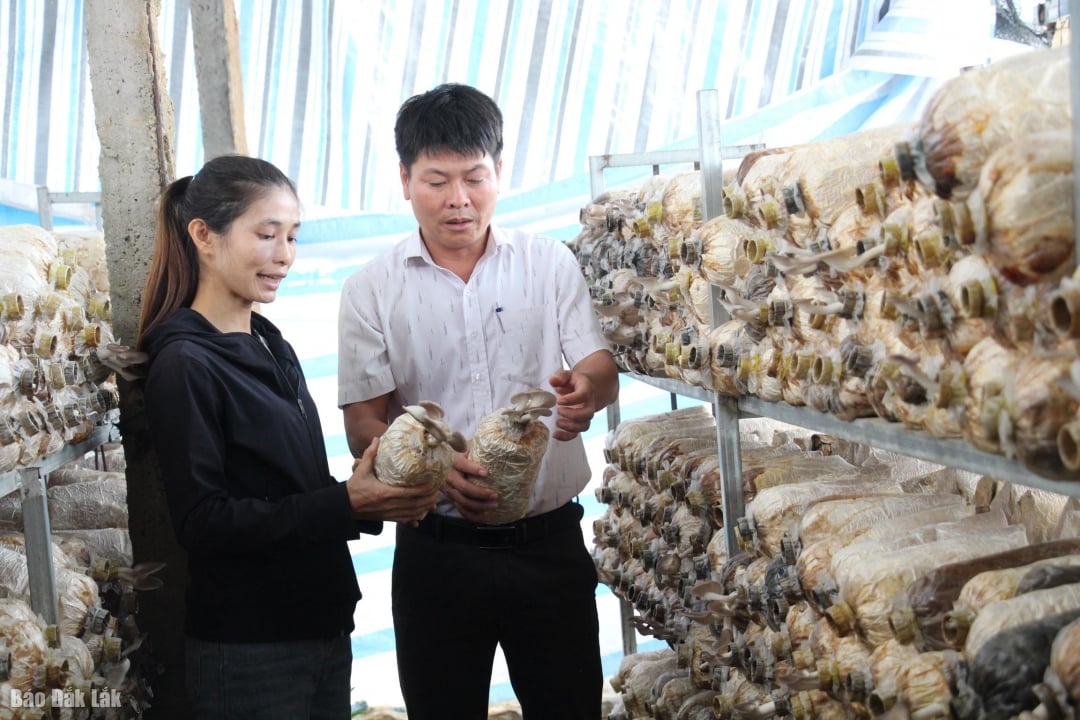

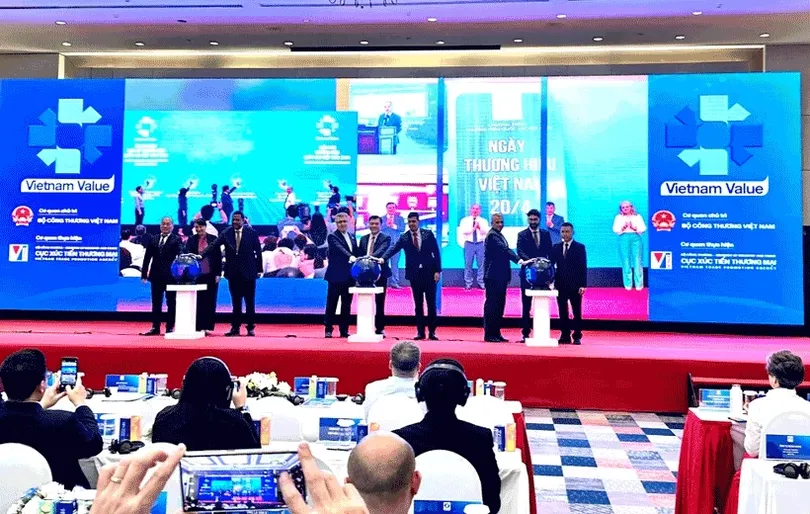




Comment (0)